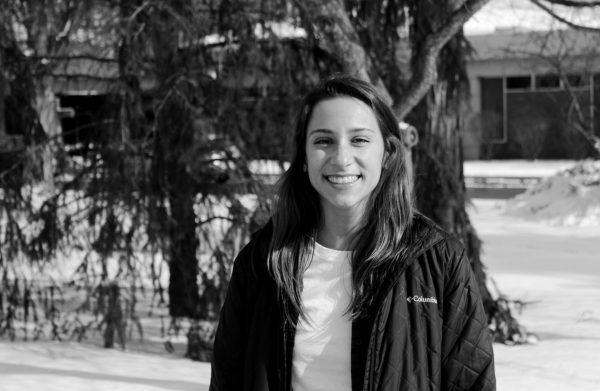The era of the COVID-19 pandemic has been a scary time for all of us: new mask guidelines, social distancing and the closure of businesses all seemed frightening and something we never thought would happen to our generation.
For so long, it looked as though there was no end in sight for the regulations. However, on Nov. 9, the pharmaceutical company Pfizer announced their success with their trials for a vaccine. Not long after, another pharmaceutical company, Moderna, announced their success with advanced trials for their vaccine.
I’ll be honest, I was skeptical of the vaccine at first. It was hard for me to believe a vaccine could be created in such a short amount of time for a never-before-seen virus, when other treatments and vaccines have taken years to develop.
My science-based mind told me studies and trials longer than 10 months were needed to determine the efficacy and safety of the vaccine. However, as the idea of a vaccine became more reality than fiction, I started to conduct some research as to how the vaccine was developed.
Through looking at the CDC, FDA, and Pfizer websites, I learned that the technology used to make the vaccine has been worked on for at least a decade, ever since the Severe Acute Respiratory Syndrome (SARS) and Middle Eastern Respiratory Syndrome (MERS) outbreaks in 2004 and 2012 respectively—both also novel coronavirus outbreaks.
The more I looked and researched, the more I felt confident the vaccine technology was well-studied in other, similar outbreaks, and had gone through long-term trials in other scenarios.
This, coupled with the huge amounts of funding allotted for creating a vaccine for COVID-19, satisfied my curiosity and helped me feel safe and comfortable with the potential of receiving the vaccine.
I received the first dose of the Pfizer vaccine on Friday, Jan. 15 at 10:28 am. Since then, the only side effect I felt was a sore arm for 24 hours. I’ll receive my second dose on Feb. 8.
I chose to receive the vaccine to not only protect myself, but also to protect those around me.
I got vaccinated for my parents, who are at a higher risk not only because of their age, but also because of their pre-existing health conditions.
For my family and friends, so we can get together again someday.
For my patients in clinical and my job, to keep them safe when they’re trusting me to provide care in their most vulnerable moments.
For those who are unable to get the vaccine, so I can do my part in protecting them as well.
For those around me whom I don’t know, because one more vaccination is one less potential carrier to a high-risk individual.
Of course, mask-wearing and social distancing will still be around for a while until mass vaccination can occur. However, until then, I feel honored to have the opportunity to do my part in getting vaccinated to help put an end to the seemingly never-ending pandemic.


